Home Fitness Routines: Effective Workouts Without Equipment
The fitness landscape has transformed dramatically in recent years, with more people than ever embracing the convenience and effectiveness of home workouts. Whether you're avoiding gym membership fees, saving commute time, or simply prefer the privacy of your own space, home fitness routines offer a practical solution for staying active. This comprehensive guide will show you how to achieve remarkable fitness results with nothing more than your body weight and determination.
The Science Behind Bodyweight Training
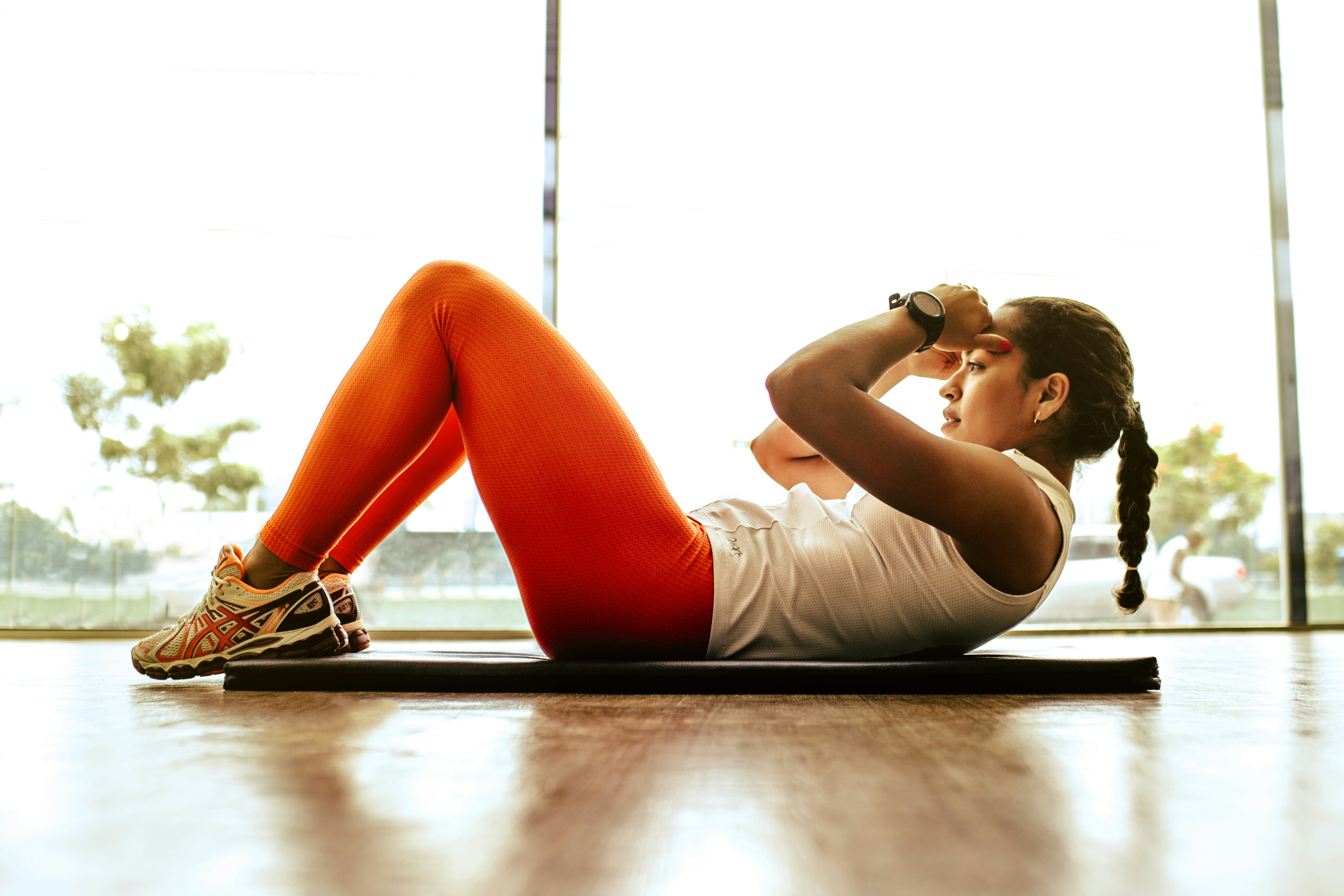
Bodyweight training—exercises that use your own weight as resistance—has been validated by numerous scientific studies as an effective method for building strength, improving cardiovascular health, and enhancing overall fitness. A 2024 meta-analysis published in the Journal of Strength and Conditioning Research found that properly structured bodyweight training programs produced comparable strength gains to traditional weight training in previously untrained individuals over an 8-week period.
The effectiveness of bodyweight training stems from several key principles:
- Progressive overload: By modifying exercise variations, changing tempo, or adjusting leverage, you can continually challenge your muscles despite using only your body weight.
- Compound movements: Most bodyweight exercises engage multiple muscle groups simultaneously, creating efficient, functional workouts.
- Neurological adaptation: Bodyweight training improves coordination, balance, and body awareness, enhancing overall movement quality.
- Metabolic demand: When structured as circuit training or HIIT (High-Intensity Interval Training), bodyweight exercises create significant metabolic stress, promoting fat loss and cardiovascular improvements.
Essential Components of a Balanced Fitness Routine
Before diving into specific workouts, it's important to understand the key components that should be included in any well-rounded fitness program:
1. Cardiovascular Training
Cardiovascular exercise improves heart and lung function, enhances endurance, and burns calories. The American Heart Association's 2025 guidelines recommend a minimum of 150 minutes of moderate-intensity or 75 minutes of vigorous-intensity aerobic activity per week for adults.
2. Strength Training
Strength training builds and maintains muscle mass, increases bone density, improves metabolic health, and enhances functional capacity. Current recommendations suggest strength training all major muscle groups at least twice weekly.
3. Flexibility and Mobility Work
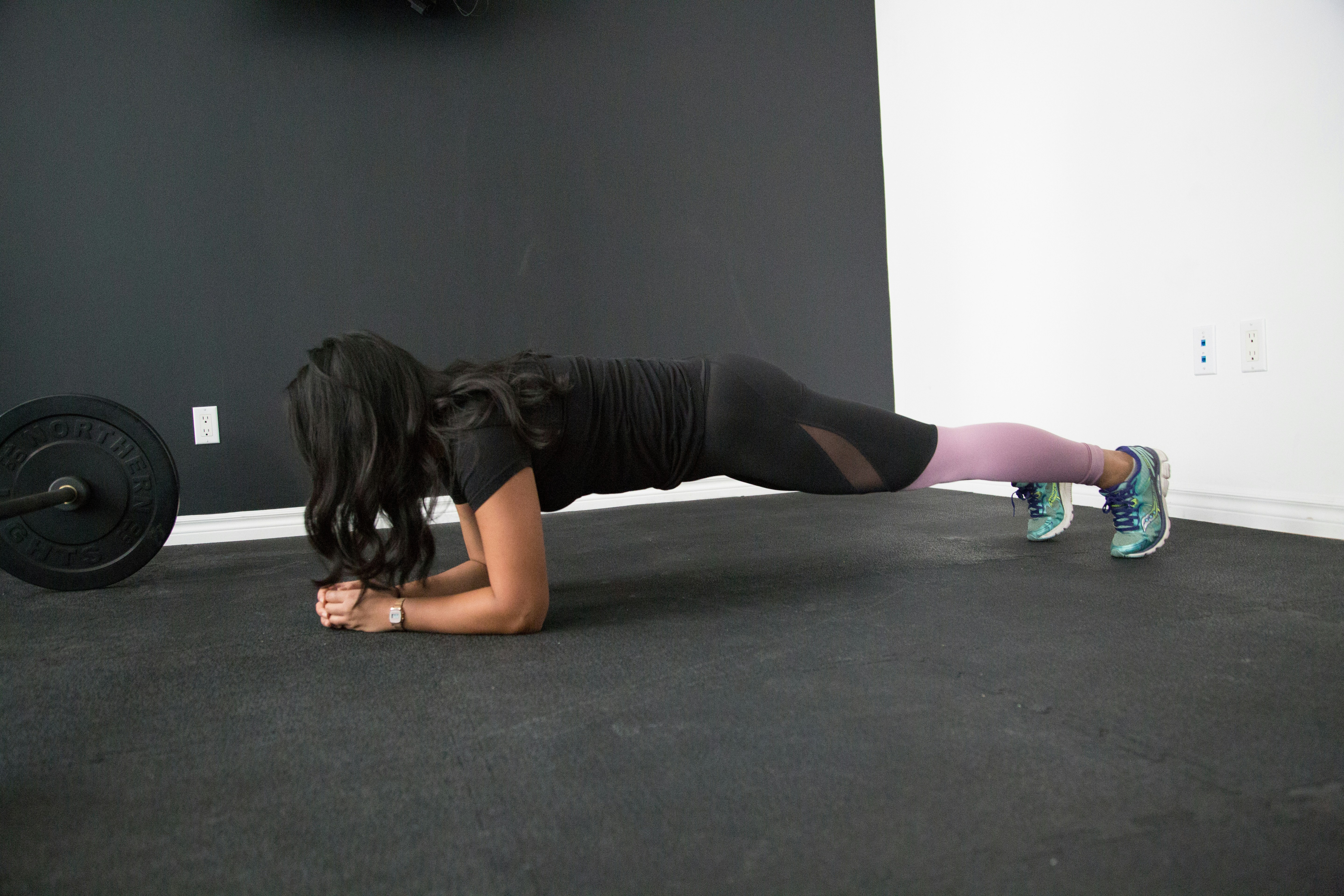
Flexibility exercises improve range of motion, reduce injury risk, and enhance movement quality. Mobility work—which combines elements of flexibility, strength, and coordination—is increasingly recognized as essential for long-term physical function.
4. Balance and Stability Training
Often overlooked, balance and stability exercises improve proprioception (your sense of body position), reduce fall risk, and create a foundation for more advanced movements.
5. Recovery Practices
Adequate recovery between workouts allows for adaptation and progress while reducing injury risk. This includes not only rest days but also practices like proper sleep, nutrition, and active recovery techniques.
Beginner Home Workout Routine
If you're new to exercise or returning after a long break, this beginner routine provides a solid foundation. Perform this circuit 2-3 times per week, with at least one day of rest between sessions.
Warm-Up (5 minutes)
- Marching in place: 1 minute
- Arm circles: 30 seconds forward, 30 seconds backward
- Gentle torso twists: 1 minute
- Knee hugs: 1 minute (alternating legs)
- Shoulder rolls: 30 seconds forward, 30 seconds backward
Main Circuit (Perform 2-3 rounds, resting 30-60 seconds between exercises)
- Modified Push-Ups (from knees or against a wall): 8-12 repetitions
Target: Chest, shoulders, triceps, core
Technique: Keep your body in a straight line from head to knees, lower until your chest nearly touches the floor or wall, then push back up.
- Bodyweight Squats: 12-15 repetitions
Target: Quadriceps, hamstrings, glutes, core
Technique: Stand with feet shoulder-width apart, lower your hips back and down as if sitting in a chair, keeping weight in your heels and knees tracking over (not beyond) your toes.
- Glute Bridges: 12-15 repetitions
Target: Glutes, hamstrings, lower back
Technique: Lie on your back with knees bent and feet flat on the floor. Press through your heels to lift your hips toward the ceiling, creating a straight line from shoulders to knees.
- Bird Dogs: 8-10 repetitions each side
Target: Core, back, shoulders
Technique: Start on hands and knees. Simultaneously extend your right arm forward and left leg backward while maintaining a neutral spine. Return to start position and repeat on the opposite side.
- Stationary Lunges: 10-12 repetitions each leg
Target: Quadriceps, hamstrings, glutes, calves
Technique: Step one foot forward and lower your body until both knees form approximately 90-degree angles. Push through the front heel to return to standing.
- Marching in Place: 60 seconds
Target: Cardiovascular system
Technique: March in place with high knees, pumping your arms to elevate your heart rate.
Cool-Down and Flexibility (5-10 minutes)
- Gentle walking in place: 1-2 minutes
- Chest stretch: 30 seconds each side
- Quadriceps stretch: 30 seconds each leg
- Hamstring stretch: 30 seconds each leg
- Child's pose: 1 minute
- Deep breathing: 1-2 minutes
Intermediate Home Workout Routine
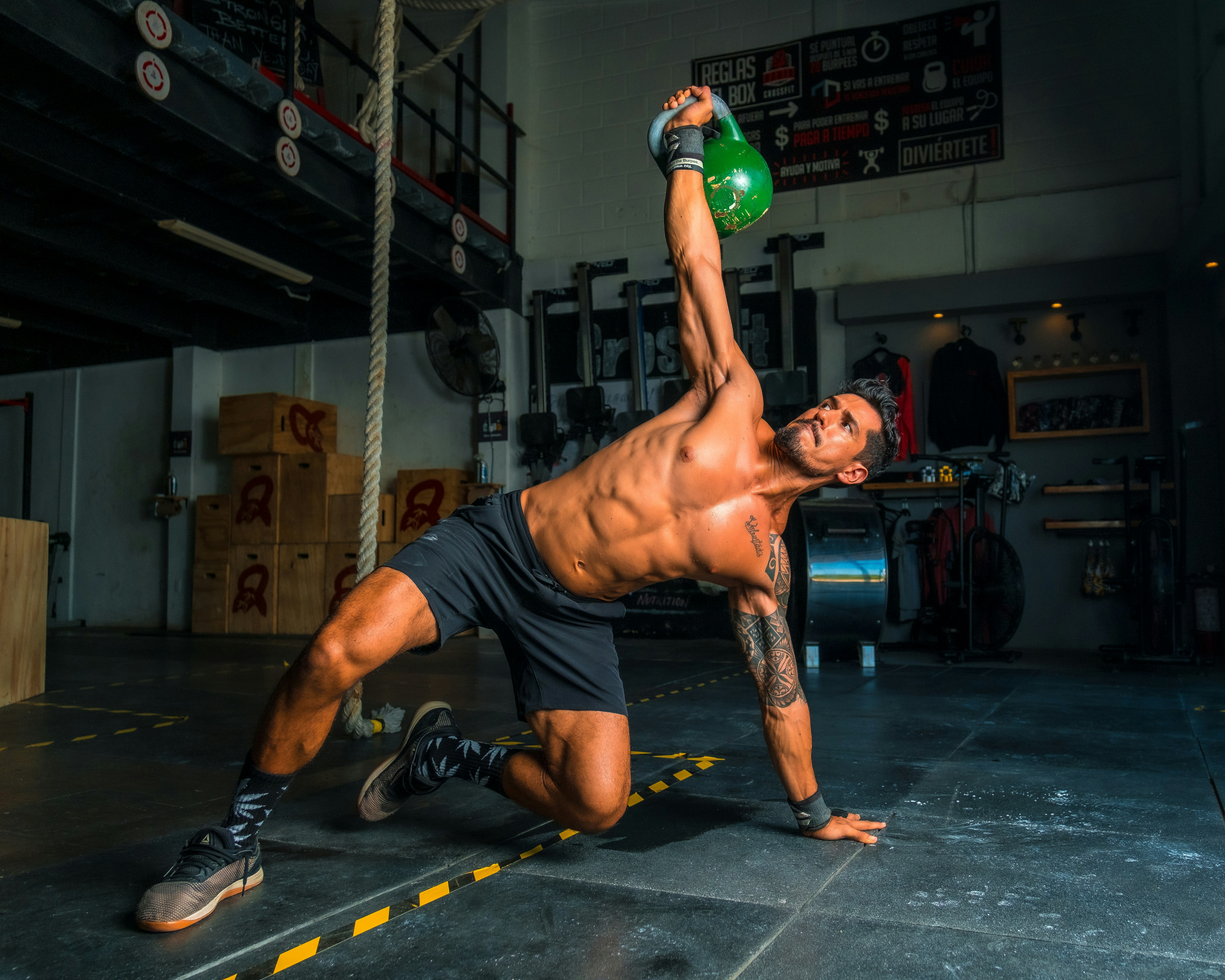
Once you've mastered the beginner routine and built a foundation of strength and endurance (typically after 4-6 weeks of consistent training), you can progress to this intermediate workout. Perform this routine 3-4 times per week, alternating between Workout A and Workout B.
Warm-Up (5-7 minutes)
- Jumping jacks: 1 minute
- Dynamic lunges with torso rotation: 1 minute
- Arm swings: 1 minute
- Hip circles: 30 seconds each direction
- Mountain climbers: 30 seconds
- World's greatest stretch: 30 seconds each side
Workout A: Upper Body and Core Focus
Perform 3 rounds of this circuit, resting 45 seconds between exercises and 1-2 minutes between rounds.
- Standard Push-Ups: 10-15 repetitions
Progression from beginner: Full body position, increased range of motion
- Tricep Dips (using a chair or couch): 12-15 repetitions
Target: Triceps, shoulders, chest
Technique: Sit on the edge of a sturdy chair with hands gripping the edge beside your hips. Slide your buttocks off the chair and lower your body by bending your elbows to about 90 degrees, then push back up.
- Superman Holds: 3 sets of 15-20 second holds
Target: Lower back, glutes, shoulders
Technique: Lie face down with arms extended overhead. Simultaneously lift your arms, chest, and legs off the floor, holding the position while maintaining a neutral neck.
- Plank: 30-45 seconds
Target: Core, shoulders, back
Technique: Hold a push-up position with weight on forearms or hands, creating a straight line from head to heels. Engage your core and avoid sagging or hiking your hips.
- Mountain Climbers: 30 seconds
Target: Core, shoulders, cardiovascular system
Technique: Start in a push-up position and rapidly alternate bringing knees toward your chest, as if running in place in a horizontal position.
- High Knees: 45 seconds
Target: Cardiovascular system, hip flexors, core
Technique: Run in place, bringing knees up to hip height with each step while pumping arms.
Workout B: Lower Body and Cardiovascular Focus
Perform 3 rounds of this circuit, resting 45 seconds between exercises and 1-2 minutes between rounds.
- Jump Squats: 12-15 repetitions
Target: Quadriceps, hamstrings, glutes, calves, cardiovascular system
Technique: Perform a bodyweight squat, then explosively jump upward, landing softly back into the squat position.
- Walking Lunges: 20 steps total (10 per leg)
Target: Quadriceps, hamstrings, glutes, balance
Technique: Step forward into a lunge, then bring your back foot forward to step directly into another lunge with the opposite leg, continuing to "walk" forward.
- Single-Leg Glute Bridges: 10-12 repetitions each leg
Target: Glutes, hamstrings, core, balance
Technique: Perform a glute bridge with one leg extended straight, keeping hips level throughout the movement.
- Side Planks: 20-30 seconds each side
Target: Obliques, shoulders, hips
Technique: From a forearm plank, rotate to one side, stacking feet and lifting the top arm toward the ceiling. Keep hips elevated and body in a straight line.
- Burpees: 10-12 repetitions
Target: Full body, cardiovascular system
Technique: Begin standing, drop into a squat position and place hands on the floor, kick feet back into a plank, perform a push-up (optional), jump feet back to hands, then explosively jump up with arms overhead.
- Jumping Jacks: 45 seconds
Target: Cardiovascular system, coordination
Technique: Jump while spreading legs and raising arms overhead, then jump again to return to starting position with arms at sides and feet together.
Cool-Down and Flexibility (8-10 minutes)
- Light marching in place: 1-2 minutes
- Dynamic stretching for major muscle groups: 5-6 minutes
- Deep breathing and mindfulness: 2 minutes
Advanced Home HIIT Workout
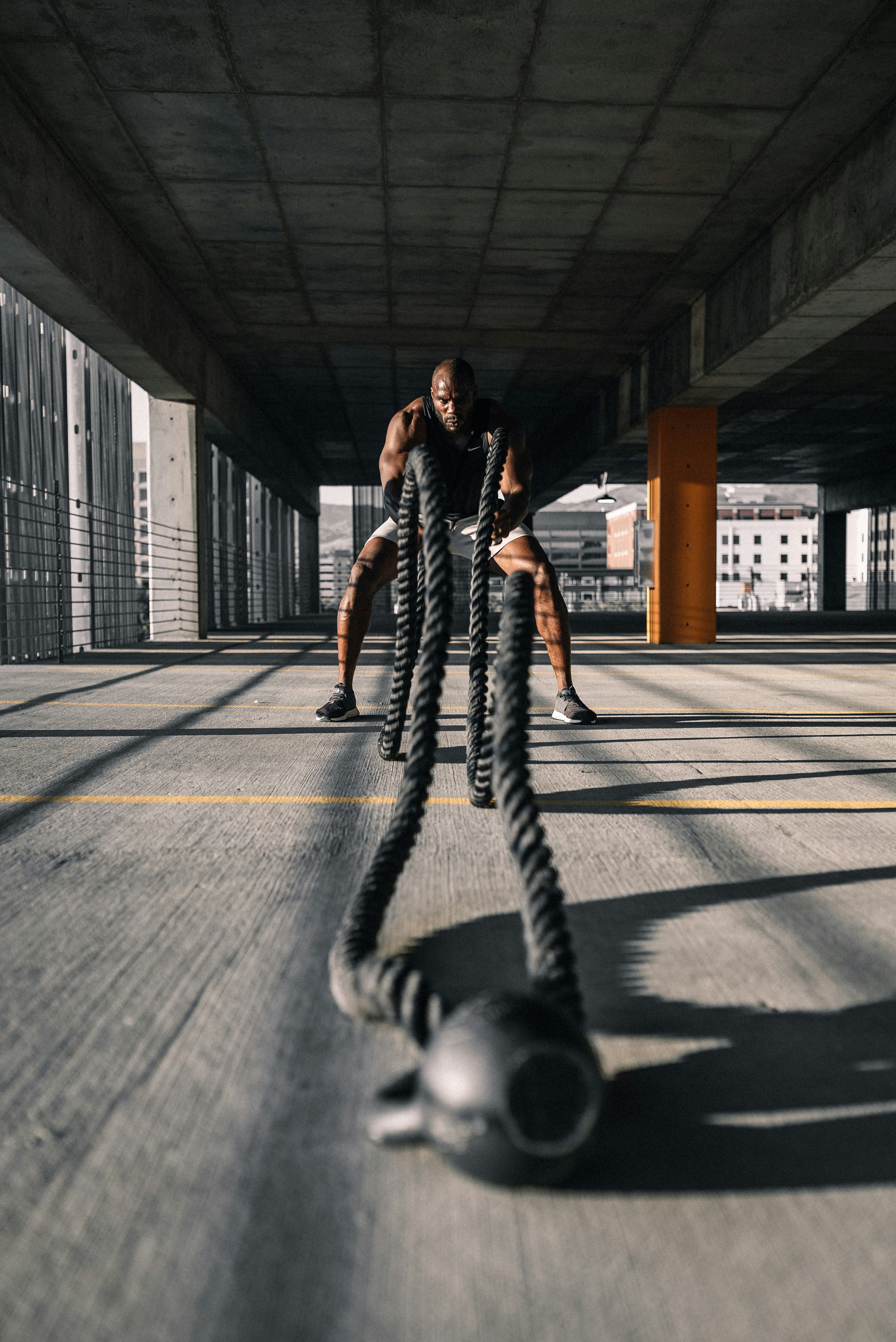
For those who have built a solid fitness foundation and are looking for a challenging, time-efficient workout, this High-Intensity Interval Training (HIIT) routine delivers maximum results in minimal time. A 2025 study in the Journal of Physiology found that properly structured HIIT workouts produced comparable cardiovascular and metabolic improvements to traditional endurance training in significantly less time.
Perform this workout 2-3 times per week, with at least 48 hours between sessions to allow for recovery.
Warm-Up (8-10 minutes)
A thorough warm-up is essential before high-intensity exercise:
- Jumping jacks: 1 minute
- Bodyweight squats: 1 minute
- Arm circles and shoulder rolls: 1 minute
- Dynamic lunges with rotation: 1 minute
- Inchworms: 1 minute
- High knees: 30 seconds
- Butt kicks: 30 seconds
- Mountain climbers: 30 seconds
- Plank: 30 seconds
- 5 burpees at moderate pace
HIIT Circuit (4 rounds, 40 seconds work/20 seconds rest)
- Plyo Push-Ups (or regular push-ups if needed)
Target: Chest, shoulders, triceps, core, power
Technique: Perform a push-up with enough explosive force that your hands briefly leave the ground at the top of the movement.
- Jump Lunges
Target: Quadriceps, hamstrings, glutes, cardiovascular system
Technique: Start in a lunge position, then jump explosively upward, switching legs in mid-air to land with the opposite leg forward.
- Mountain Climbers (rapid pace)
Target: Core, shoulders, hip flexors, cardiovascular system
Technique: Maintain a push-up position while rapidly alternating knees toward chest.
- Plank Jacks
Target: Core, shoulders, hips, cardiovascular system
Technique: From a plank position, jump both feet outward (like a jumping jack) and then back together while maintaining the plank.
- Squat Thrusts
Target: Full body, cardiovascular system
Technique: From standing, squat down and place hands on floor, jump feet back to plank, jump feet back to hands, then stand up.
- Bicycle Crunches (rapid pace)
Target: Rectus abdominis, obliques, hip flexors
Technique: Lie on your back with hands behind head, alternately bringing opposite elbow and knee together while extending the other leg.
- Speed Skaters
Target: Lateral movement, balance, cardiovascular system
Technique: Jump sideways from one foot to the other, bringing the non-weight-bearing leg behind the supporting leg and reaching the opposite hand toward the supporting foot.
- Burpees
Target: Full body, cardiovascular system, power
Technique: Full burpee with push-up and jump at the top.
Rest 1-2 minutes between rounds. The entire circuit takes approximately 30 minutes including warm-up and cool-down.
Cool-Down (5-10 minutes)
- Walking in place: 2 minutes (gradually decreasing pace)
- Deep breathing: 1 minute
- Full-body static stretching: 5-7 minutes (hold each stretch for 30 seconds)
Flexibility and Mobility Routine
This routine can be performed on its own as active recovery between more intense workouts, or added to the end of any workout to improve flexibility, mobility, and recovery. Aim to include dedicated flexibility work at least 2-3 times per week.
Full-Body Mobility Flow (8-10 minutes)
Perform each movement for 45-60 seconds, flowing smoothly from one to the next:
- Cat-Cow: On hands and knees, alternate between arching and rounding your back while coordinating with breath.
- Thread the Needle: From hands and knees, reach one arm under your body and through to the opposite side, rotating your torso.
- Hip Circles: In a tabletop position, make large circles with one knee at a time.
- Downward Dog to Upward Dog Flow: Alternate between these two yoga poses, moving with your breath.
- World's Greatest Stretch: From a lunge position, place the hand opposite your front leg on the ground inside the foot, rotate your other arm toward the ceiling, then bring the elbow of the raised arm down toward the opposite knee.
- Standing Side Bends: Reach one arm overhead and bend to the opposite side, feeling the stretch along your torso.
- Standing Spinal Twists: With feet hip-width apart, gently rotate your torso from side to side.
- Ankle Mobility Circles: Seated with legs extended, circle your ankles in both directions.
Static Stretching Sequence (10-15 minutes)
Hold each stretch for 30-60 seconds, breathing deeply:
- Seated Forward Fold: Sitting with legs extended, hinge at hips to reach toward toes.
- Butterfly Stretch: Sitting with soles of feet together, allow knees to fall outward.
- Seated Spinal Twist: Sitting with one leg extended and the other crossed over, twist toward the bent knee.
- Pigeon Pose: From hands and knees, bring one knee forward behind the wrist and extend the other leg back.
- Lying Quad Stretch: Lying on one side, bend the top knee and grasp the foot to stretch the front of the thigh.
- Figure-4 Stretch: Lying on back, cross one ankle over the opposite knee and pull the uncrossed leg toward your chest.
- Chest Opener: Lying on back with arms extended in a T-shape.
- Child's Pose: Kneeling with hips back on heels and arms extended forward or alongside body.
- Neck Stretches: Gently stretch neck in all directions while seated.
Creating a Sustainable Home Fitness Schedule
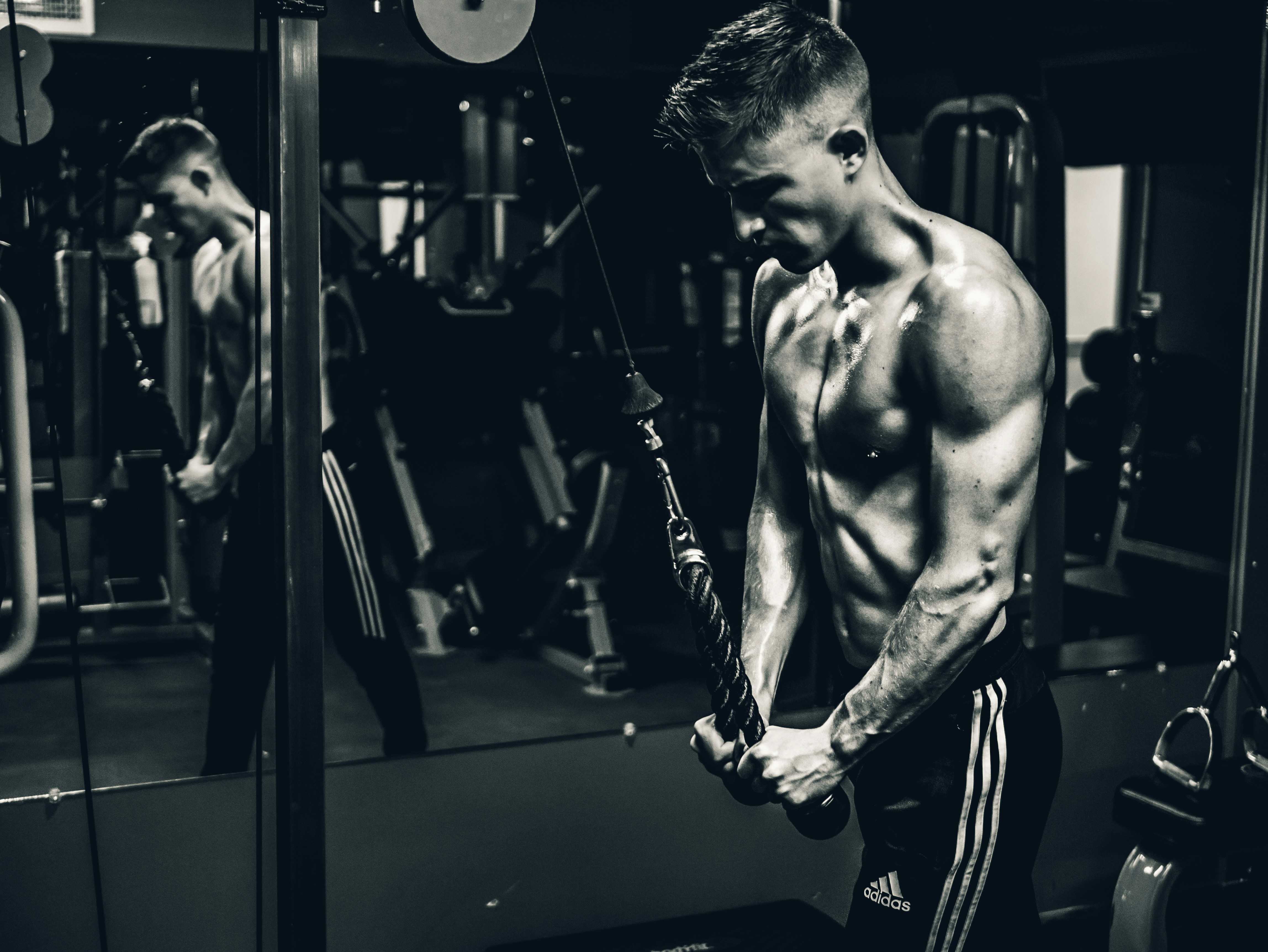
Consistency is the most important factor in achieving fitness results. Here's a sample weekly schedule that balances different types of training while allowing for adequate recovery:
- Monday: Intermediate Workout A (Upper Body and Core) or Advanced HIIT
- Tuesday: Flexibility and Mobility Routine
- Wednesday: Intermediate Workout B (Lower Body and Cardiovascular) or Advanced HIIT
- Thursday: Rest or light activity (walking, gentle yoga)
- Friday: Intermediate Workout A or Advanced HIIT
- Saturday: Intermediate Workout B or Flexibility and Mobility Routine
- Sunday: Complete rest
For beginners, start with the Beginner Workout 2-3 times per week with at least one day of rest between sessions, gradually increasing frequency as your fitness improves.
Tracking Progress and Staying Motivated
Without the structure of a gym environment or a personal trainer, maintaining motivation for home workouts can be challenging. These strategies can help:
- Set specific, measurable goals: Rather than vague objectives like "get fit," set targets like "perform 10 full push-ups" or "hold a plank for 60 seconds."
- Track your workouts: Record exercises, repetitions, and how you felt during each session. Many free apps can help with this.
- Take progress photos: Visual changes can be motivating and are often noticeable before changes on the scale.
- Perform periodic fitness assessments: Every 4-6 weeks, test yourself with benchmarks like how many push-ups you can do, how long you can hold a plank, or how many burpees you can complete in one minute.
- Create accountability: Share your goals with friends or family, join online fitness communities, or schedule virtual workouts with a friend.
- Reward milestones: Celebrate achievements with non-food rewards that support your fitness journey, like new workout clothes or fitness equipment.
When to Progress Your Workouts
To continue seeing results, you'll need to progressively challenge your body. Signs that you're ready to advance include:
- Completing all repetitions with proper form and minimal fatigue
- Feeling that your current workout is no longer challenging
- Plateauing in progress toward your goals
Ways to progress include:
- Increasing repetitions or time
- Decreasing rest periods
- Adding more challenging exercise variations
- Increasing workout frequency
- Adding simple equipment like resistance bands or adjustable dumbbells
Conclusion
Home fitness routines offer a convenient, effective, and affordable approach to achieving your health and fitness goals. By understanding the principles behind effective training and following structured, progressive workouts like those outlined in this guide, you can build strength, improve cardiovascular health, enhance flexibility, and transform your body—all without setting foot in a gym.
Remember that consistency trumps intensity, especially when starting out. Focus on establishing a sustainable routine that you enjoy and can maintain long-term. As fitness expert Ross Enamait famously said, "The best workout program is the one you'll actually do."
References
- Journal of Strength and Conditioning Research. (2024). "Comparison of bodyweight versus traditional resistance training in untrained individuals."
- American Heart Association. (2025). "Physical Activity Guidelines for Americans."
- Journal of Physiology. (2025). "Time-efficient exercise: Comparing HIIT and traditional endurance training."
- International Journal of Exercise Science. (2024). "Effectiveness of home-based exercise programs: A systematic review."
- Medicine & Science in Sports & Exercise. (2025). "Progressive overload principles in bodyweight training."




0 Comments